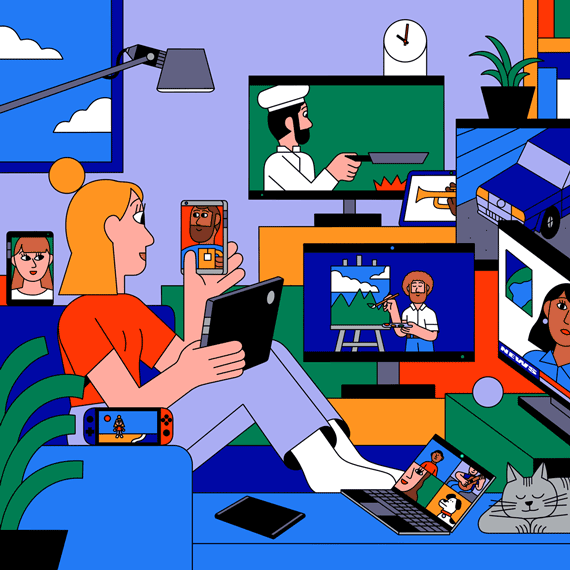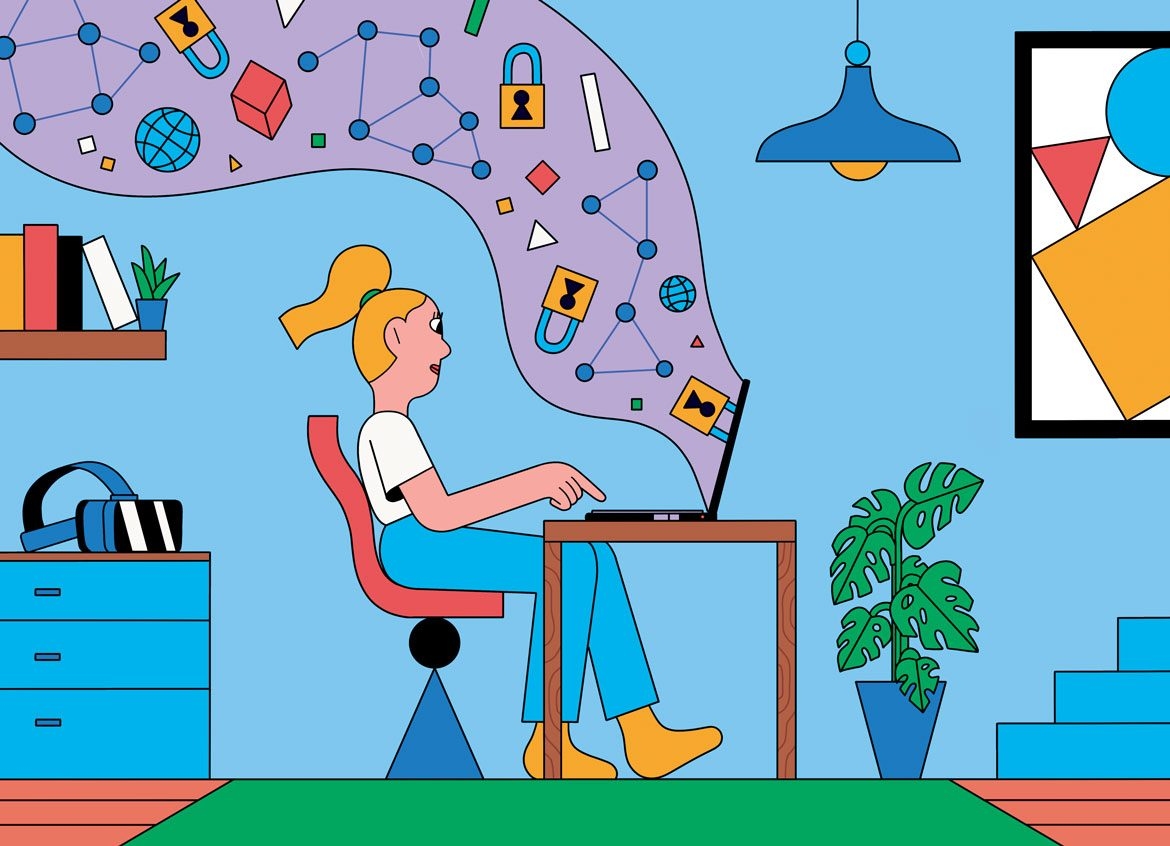
Artwork by Andrea Chronopoulos
Design Practices: “Nothing about Us without Us!” is the second chapter in Sasha Costanza-Chock’s 2020 book Design Justice. Overall, the book delves into the ways in which design should be led by marginalized communities in order to dismantle structural inequalities and advance collective liberation. The author does an excellent job of defining and delineating the relationship between design, power and social justice. Oftentimes, we view these topics through separate lenses, without focusing on the interdisciplinary approach of how these areas coincide together. “Design Justice” as a whole is an approach that appoints community members to be in charge of their own destinies, interweaving the critical developments of sociotechnical systems as a means towards empowerment. Change cannot occur without the participation, feedback, and leadership of the people experiencing the injustices. This term has emerged from a community of designers across fields who are striving to empower community-based organizations to tackle the structural inequalities that plague and dominate the systems we uphold.

Artwork by Andrea Chronopoulos
The second chapter of the book focuses on design practice, and how this idea challenges us to dismantle the current systems in place in order to push for more equitable allocation of professional design jobs. Although diversity of employees is necessary in this shift, a sustainable approach towards this movement would be to reorganize systems around human capabilities, collective liberation, and ecological sustainability. In particular, this chapter places an emphasis on the tech industry, and shines a light on the various superficial initiatives that are designed to appear equitable to the public, but are nothing more than a vanity policy made for the company to seem forward thinking and socially aware. For example, employment diversity is touted as the ultimate step in collective liberation, but the author builds a case for why this is only the first step of many that are necessary to achieve ecological sustainability. It takes flexibility, creativity, and bravery to rebuild and reorganize the systems in place that are designed to keep the dominant cultures at the top. Beyond employment diversity, we must include, and be accountable to the people who have direct lived experiences of the conditions a certain team is trying to change. This requires organizations and companies to diversify their thoughts and guidelines to better include people who may lack trust in these corporations, as they have never been made the priority, despite the initiatives supposedly being designed for them.

Artwork by Andrea Chronopoulos
Throughout this chapter, the author makes a point to circle back to the title: Nothing about Us without Us. There truly cannot be change without including the people who designers are trying to create this change for. Not only is this sentiment important for corporations and the tech industry, but it also rings true in all aspects of life – when designing and studying people with a certain experience, it is imperative to include the people who have that lived experience, whether this means people of a certain race, class, gender identity, sexual orientation, disability, immigrant status, language, age… etc. Including and addressing the community directly will bring on more sustainable and equitable changes that can actually be maintained by the members these changes will affect. In my own field of Clinical Psychology, we are constantly fighting for the same things – if we are choosing to study a certain population with a clinical condition, then we are responsible to these community members, and therefore must include them along every step of the way. This includes design of the study, compensation, consulting on specific research questions, and most of all, making them feel valued in their participation and support. After all, we are serving members of the community, and must place them at the forefront of the conversation.
 Artwork by Andrea Chronopoulos
Artwork by Andrea Chronopoulos
We as a society, an industry, and as individuals, must center participatory research and approaches to ensure that community members can hold us accountable for acting on their opinions, desires, and needs. It is one thing to listen to people, but to act on people’s ideas and thoughts, especially when it pertains to their specific identity group, can lead to greater trust, community-building, and equity in all levels of society. The author drives this point time and time again, while also providing illustrious perspectives and examples. Towards the end of the chapter, the author gives concrete suggestions for community accountability, beginning with the notion that people should set their ego aside, and build, mentor, and empower the community, so that the community members can remain sustainable and continue to share skills among themselves. It is not about us gaining power, but instead, giving power to those who know how to best use it. Next, before developing specific tools, it is important to check whether people actually want this technology, and whether it will actually simplify their lives. Oftentimes, tools are developed as a means of demonstrating skill and ego, when in actuality, the tool may hamper people’s productivity and ability to create change because they were not designed with the user in mind. Designers often create and innovate with the most dominant users in mind, oftentimes (cis)male, white, heterosexual, “able-bodies”, literate, and college educated people, because this is seen as the norm, and therefore perpetuates a culture of exclusion. Designers may also be guilty of reinventing the wheel, without researching existing tools and communities that may have already created the tools necessary for their own goals and missions. This is why the author encourages people to center the community before the tool, and to support maintenance, rather than innovation. It is not about being the star of the show, but rather, listening and asking for ways in which skills and tools can be applied and adapted to fit the needs of the people being served.
All in all, I believe the author excels in their mission of exploring the theory and practice of design justice, and accomplishes their goal of building a better world, one that uplifts community members, and empowers marginalized groups to fight for their own collective liberation and ecological sustainability.

One response to “Design Practices: “Nothing about Us without Us!” ~ A Review”
Thank you for this wonderful review!